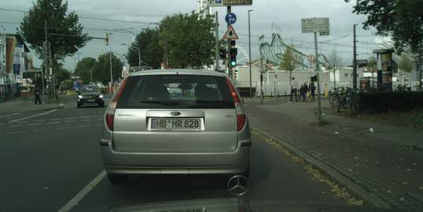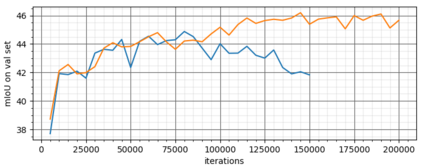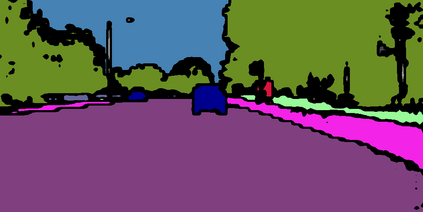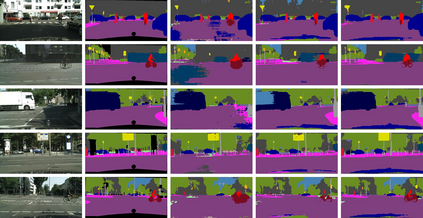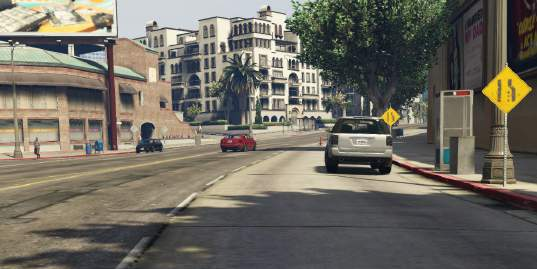We consider the problem of unsupervised domain adaptation for semantic segmentation by easing the domain shift between the source domain (synthetic data) and the target domain (real data) in this work. State-of-the-art approaches prove that performing semantic-level alignment is helpful in tackling the domain shift issue. Based on the observation that stuff categories usually share similar appearances across images of different domains while things (i.e. object instances) have much larger differences, we propose to improve the semantic-level alignment with different strategies for stuff regions and for things: 1) for the stuff categories, we generate feature representation for each class and conduct the alignment operation from the target domain to the source domain; 2) for the thing categories, we generate feature representation for each individual instance and encourage the instance in the target domain to align with the most similar one in the source domain. In this way, the individual differences within thing categories will also be considered to alleviate over-alignment. In addition to our proposed method, we further reveal the reason why the current adversarial loss is often unstable in minimizing the distribution discrepancy and show that our method can help ease this issue by minimizing the most similar stuff and instance features between the source and the target domains. We conduct extensive experiments in two unsupervised domain adaptation tasks, i.e. GTA5 to Cityscapes and SYNTHIA to Cityscapes, and achieve the new state-of-the-art segmentation accuracy.
翻译:我们考虑的是未经监督的对语义分解的域适应问题,方法是通过放松源域(合成数据)与目标域(真实数据)之间的域变化来缓解本项工作(源域(合成数据)与目标域(真实数据))之间的域变化。 最先进的方法证明,进行语义级调整有助于解决域位转移问题。 基于以下观察,即物质类别通常在不同域的图像中具有相似的外观,而事物(即对象实例)则有更大的差异。 我们提议改进语义层面与物质区域和事物不同战略的一致性:1 对于材料类别而言,我们为每个类别生成特征代表,并进行从目标域到源域的准确性调整操作;2 对于事物类别而言,我们为每个单个实例生成特征代表,并鼓励目标域的示例与源域中最相似的图像保持一致。 以这种方式,事物类别中的个别差异也将被考虑来缓解过分的对比。 除了我们提出的方法外,我们进一步揭示了当前对抗性损失在尽量减少分布差异方面往往不稳定的原因,并显示我们的方法有助于在城市域域域内实现最相似的G类级的域特性。











